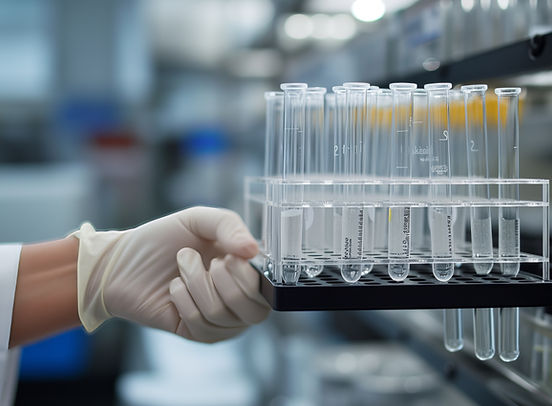Nov 5, 2024
AI-powered tools like Proofig AI are helping journals identify manipulated images, ensuring that fraudulent data does not compromise scientific credibility.
The increasing prevalence of AI-generated content has raised concerns among research integrity experts, as fraudulent figures and fabricated data infiltrate academic publications. The rapid advancement of generative AI allows for the creation of highly realistic images, making it difficult to distinguish between authentic and manipulated data. Experts warn that paper mills and unethical researchers are exploiting these tools to produce misleading studies at an alarming rate.
Jana Christopher, an image integrity specialist, notes that the community focused on publication ethics is increasingly worried about the potential misuse of AI for fabricating scientific data. While AI-generated text is sometimes permitted under certain conditions, the use of AI to create images or datasets is generally viewed as unacceptable. Experts, including Elisabeth Bik, believe AI-generated figures are already widespread in scientific literature but remain challenging to identify.
One of the primary difficulties in spotting AI-generated images is their lack of traditional manipulation indicators, such as duplicated backgrounds or inconsistencies in visual elements. AI-created Western blots, for example, may appear convincingly real, making it difficult for researchers to flag them as fraudulent. Although clear cases of AI-generated images—such as unrealistic depictions of biological structures—have been identified and retracted, the majority of cases remain ambiguous.
To counteract this challenge, publishers and integrity specialists are developing AI-powered tools to detect fabricated figures. Companies like Proofig and Imagetwin are expanding their capabilities to identify AI-generated content. Proofig recently introduced a new feature that detects AI-created microscopy images with high accuracy, boasting a 98% success rate and a minimal false-positive rate.
Despite advancements in AI detection, human expertise remains essential. Christopher emphasizes that while AI tools can flag suspicious images, verification by specialists is still necessary. The scientific community continues to explore new methods, such as embedding invisible watermarks in microscope images, to prevent fraudulent data from slipping through the cracks.
As fraudulent practices evolve, researchers hope that technological advancements will keep pace, ensuring the integrity of scientific literature. While today’s AI-generated content may deceive current detection methods, experts are confident that future tools will eventually expose these manipulations.

